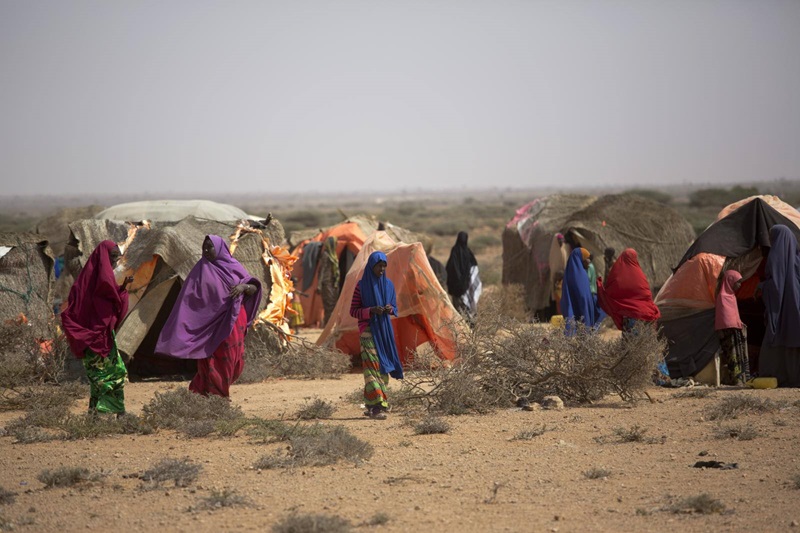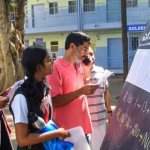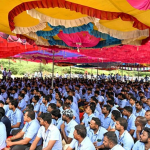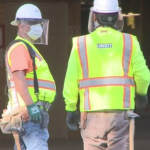
exploring the evolving rural migration trends in india amidst climate shifts
Amidst several discussions, a special attention is drawn to India’s shifting migration patterns, highlighting the intersection of environmental challenges and population movements. Let’s give a read to the strategies which focus on supporting environmental resilience and address the evolving landscape of rural migration in India.
Challenges for India’s Economy
India’s economy, vigorously subject to farming, tackles with critical difficulties coming from environmental change. Among these difficulties are country movement and declining farming efficiency, which are turning out to be progressively articulated. The Indian economy, which is primarily agrarian and primarily rainfed, is significantly impacted by escalating rural migration and decreasing local production in rural areas as a result of climate impacts.
Change in Metropolitan Elements
The customary thought that “the genuine India lives in its towns” is going through a change as rustic regions witness a decrease in monetary commitment. This shift is driven by metropolitan elements like diminished horticultural yields and decreased nearby creation. In spite of Mahatma Gandhi’s statement that “the genuine India lives in its towns,” there has been a perceptible decrease in the commitment of the rustic economy to the public homegrown item.
Effect of Environmental Change
The worsening of existing difficulties by environmental change prompts provincial occupants to relocate to metropolitan regions in search of work. This relocation is filled with factors like environment related obstacles and financial difficulties. Thus, India is encountering a change in provincial metropolitan elements across the nation.
Territorial Varieties
While states like Gujarat and Karnataka experience a predictable storm of provincial travelers because of modern development and business possibilities, agrarian states observe out migration driven by environmental influences and financial variables. A consistent net migration outflow of rural residents has been observed over time in India’s densely populated and primarily agrarian states, as projected by projections of net migration data.
Migration’s push and pull factors have an impact on rural to urban migration. Push factors consist of environment related issues, neediness, and decreasing assets, while pull factors incorporate better work prospects and expectations for everyday comforts in metropolitan regions. The changing examples of rustic to-metropolitan movement highlight the need to look at the basic powers at play.
Procedures for Rustic Rejuvenation
Restoring the rustic economy requires a diverse methodology. Key steps include putting local production first and using cutting-edge farming methods. For sustainable development, it is also essential to integrate agricultural, migration, and climate change policies. Measures, for example, such as brilliant agribusiness procedures and innovation driven assets, ought to be embraced in the policymaking system.
Enhancing Rural Resilience
Strong agricultural policies and disaster management strategies can make rural communities more resistant to migration caused by climate change. By tending to these difficulties, India can protect its country scene and advance adjusted monetary development. It is basic to lay out a harmonious connection among rustic and metropolitan regions to guarantee adjusted improvement and in general manageability.
Comprehensive policies that take into account economic development, climate resilience, and social equity are essential for navigating the complexities of rural-to-urban migration and climate change. These strategies ought to be used to cultivate adjusted development and guarantee the prosperity of provincial networks. Measures, for example, keeping an information vault on movement can assist with illuminating designated mediations pointed towards underlying drivers of relocation and advancing the country’s rejuvenation.







